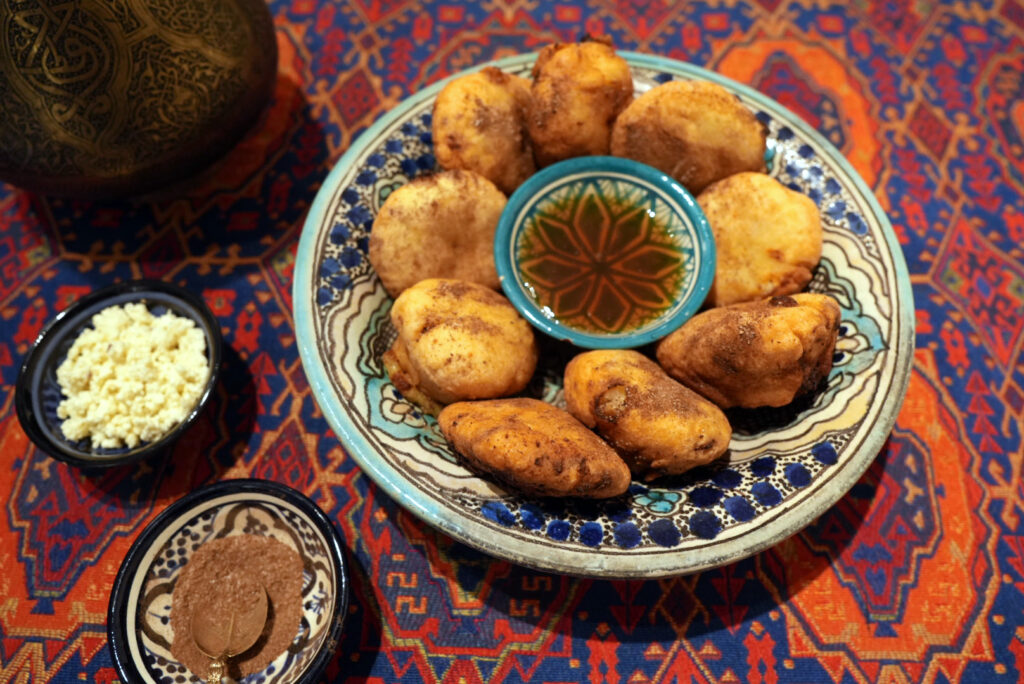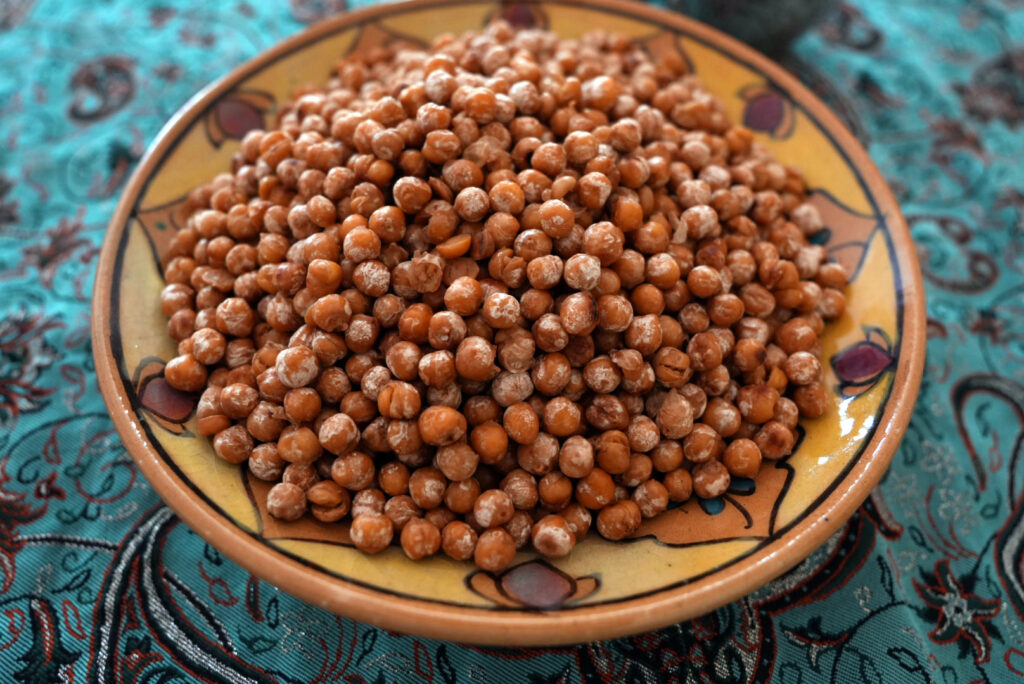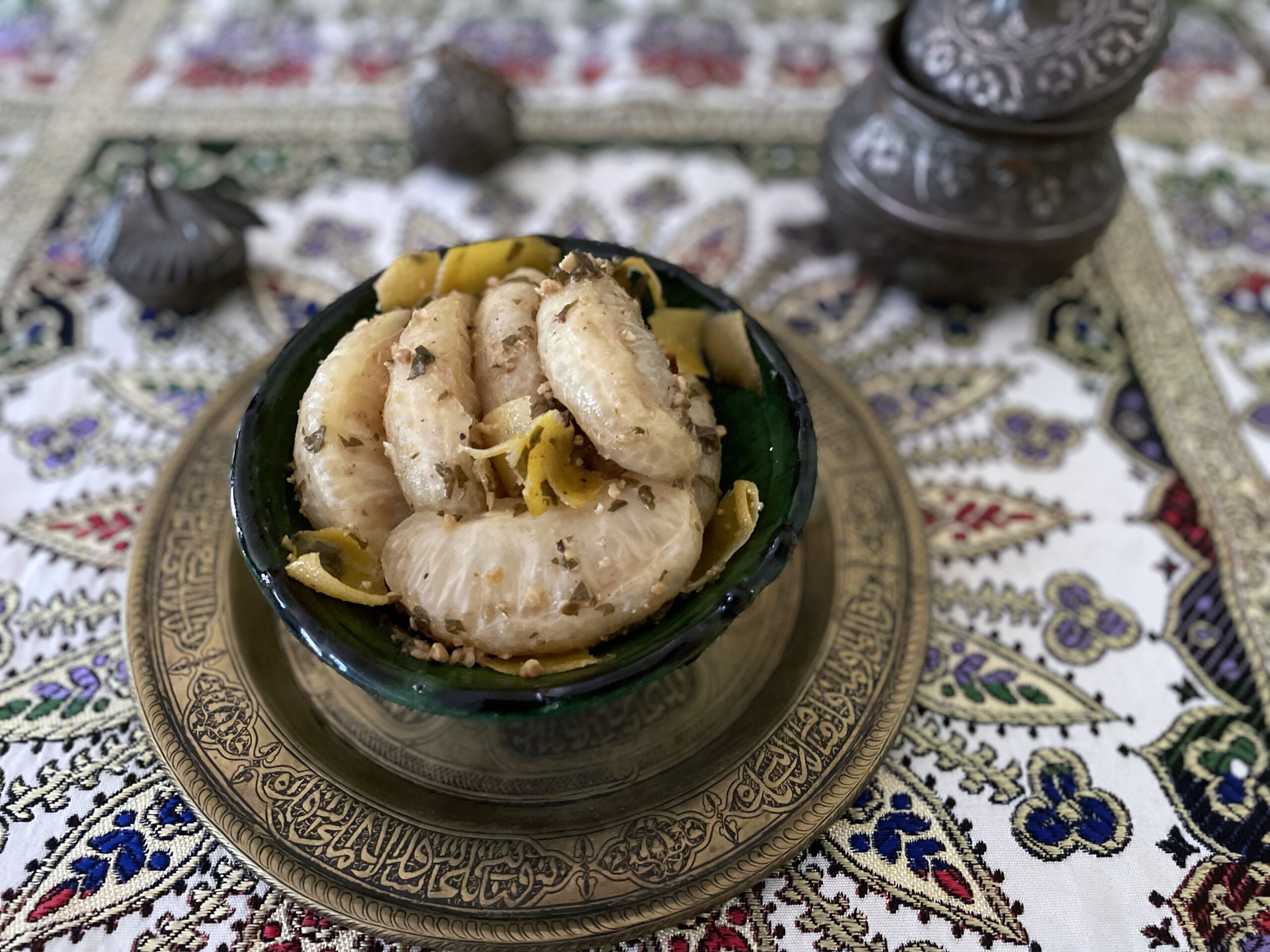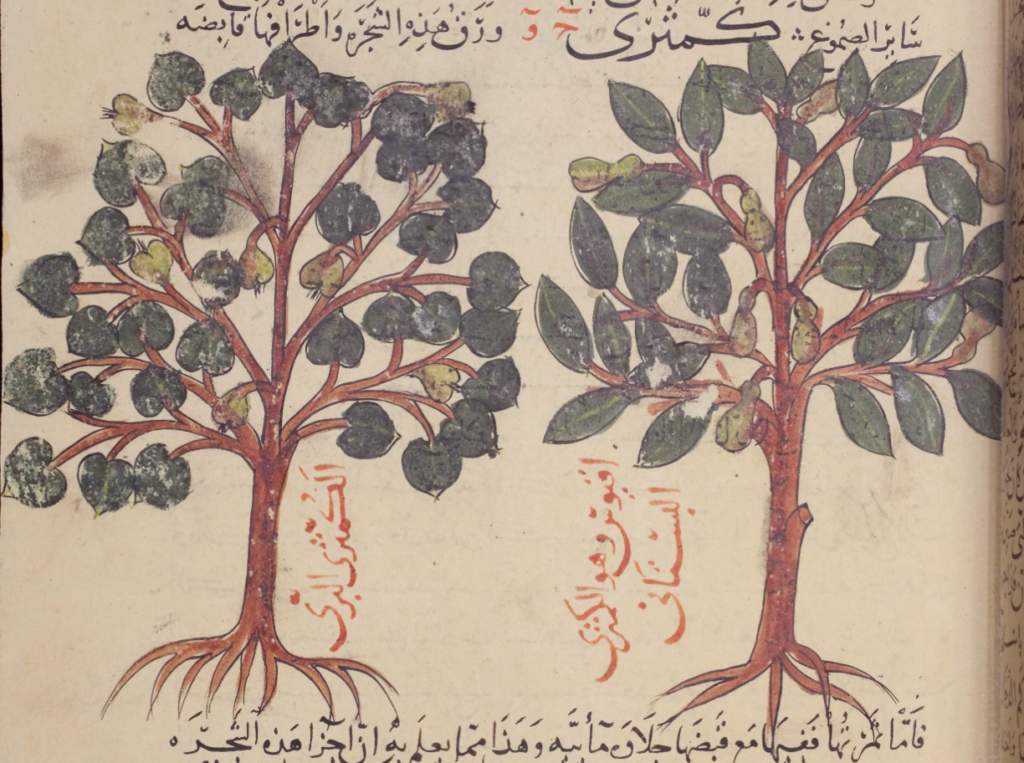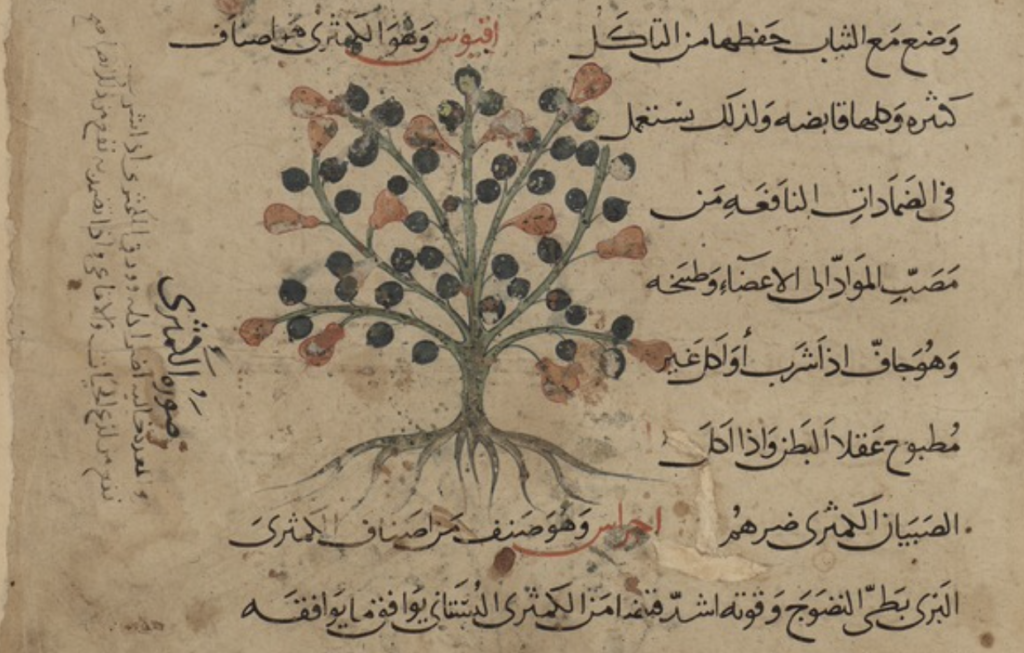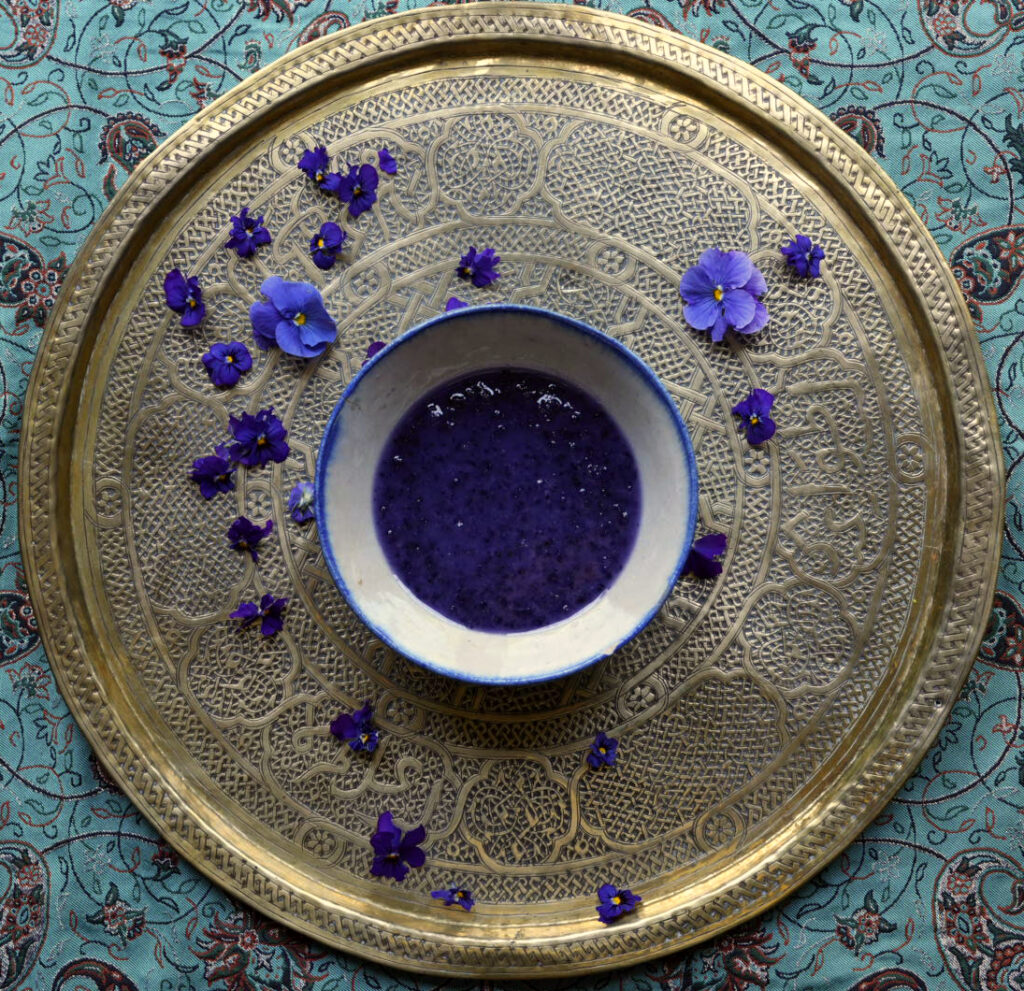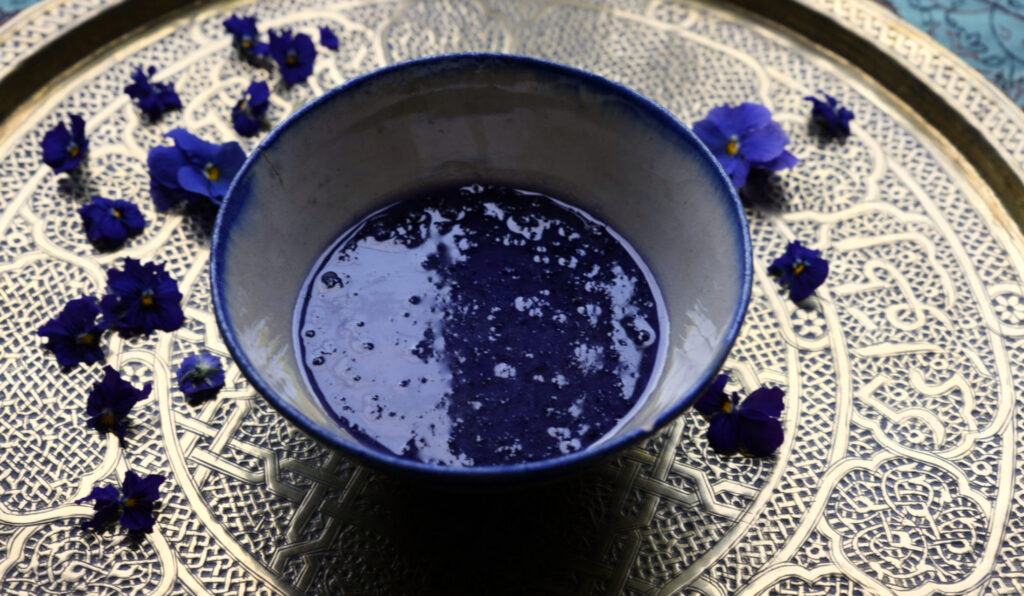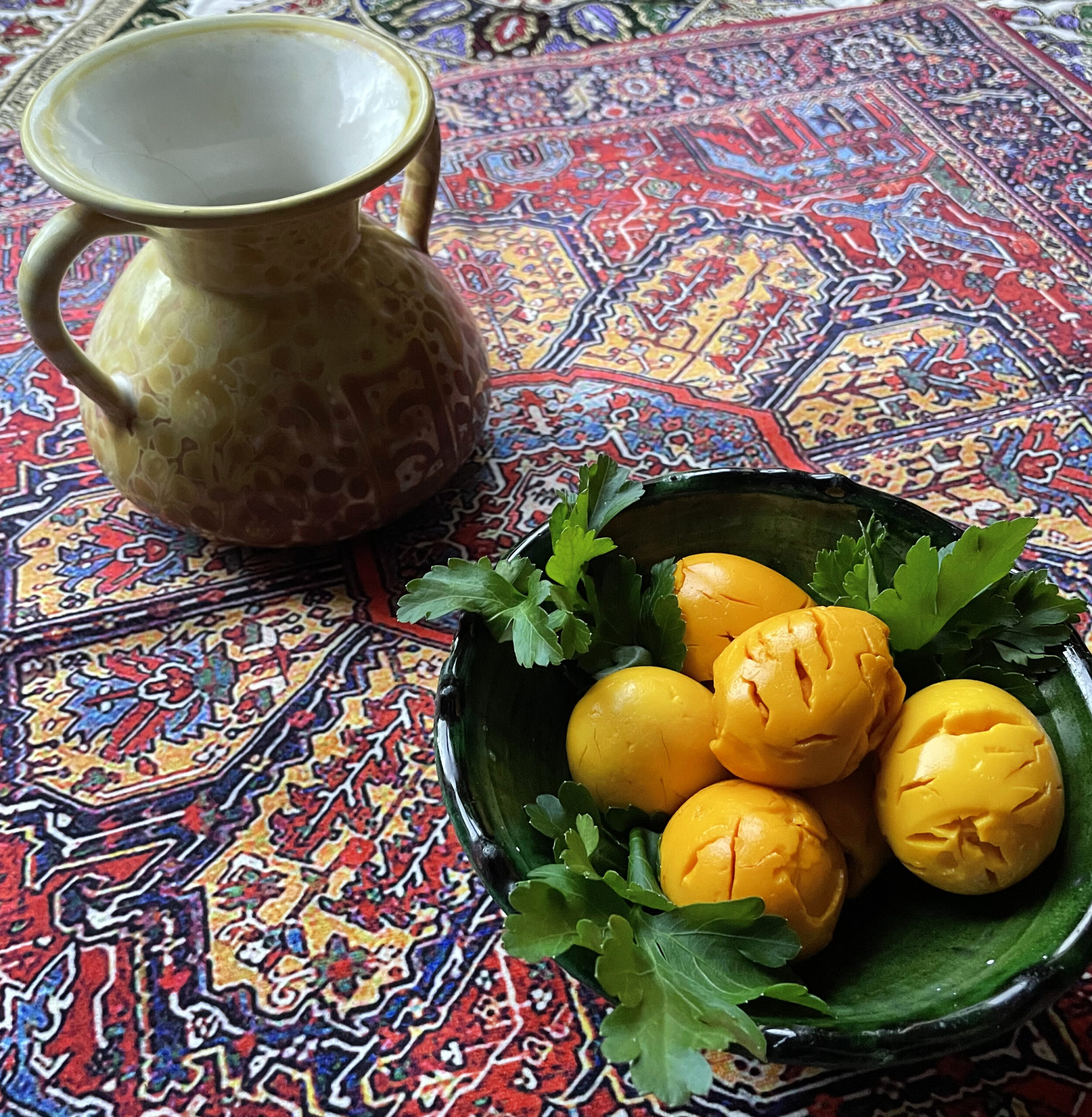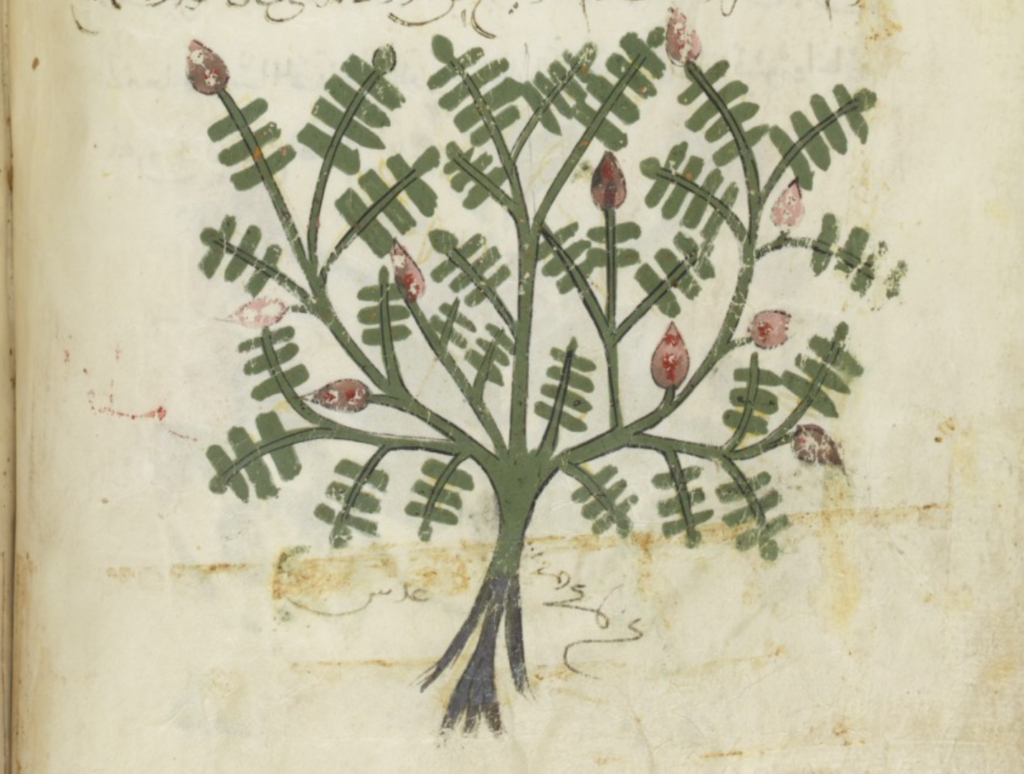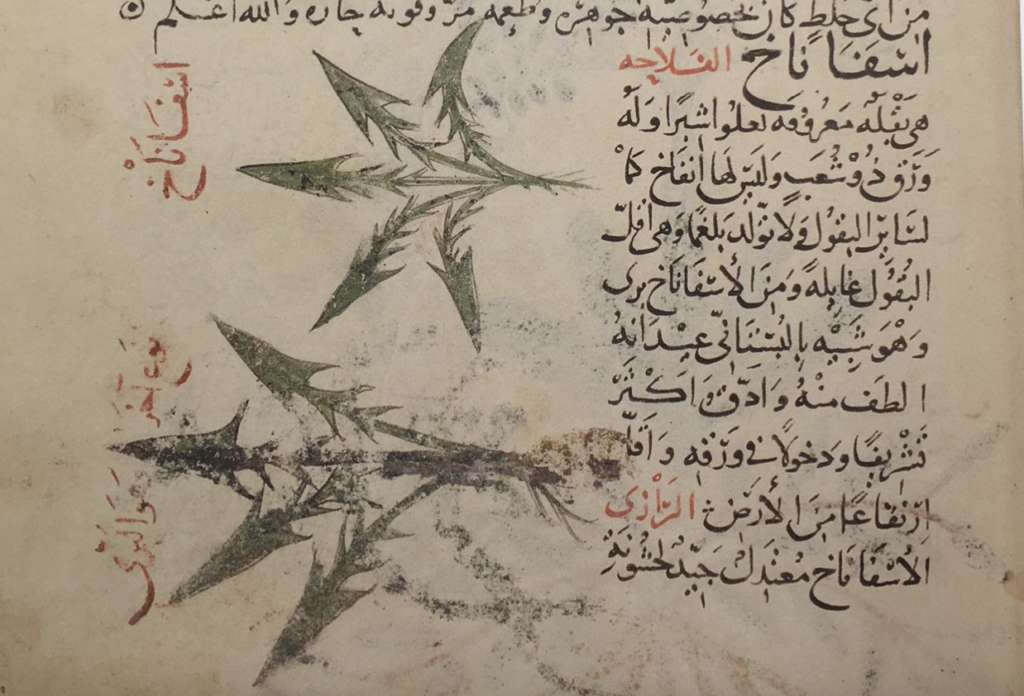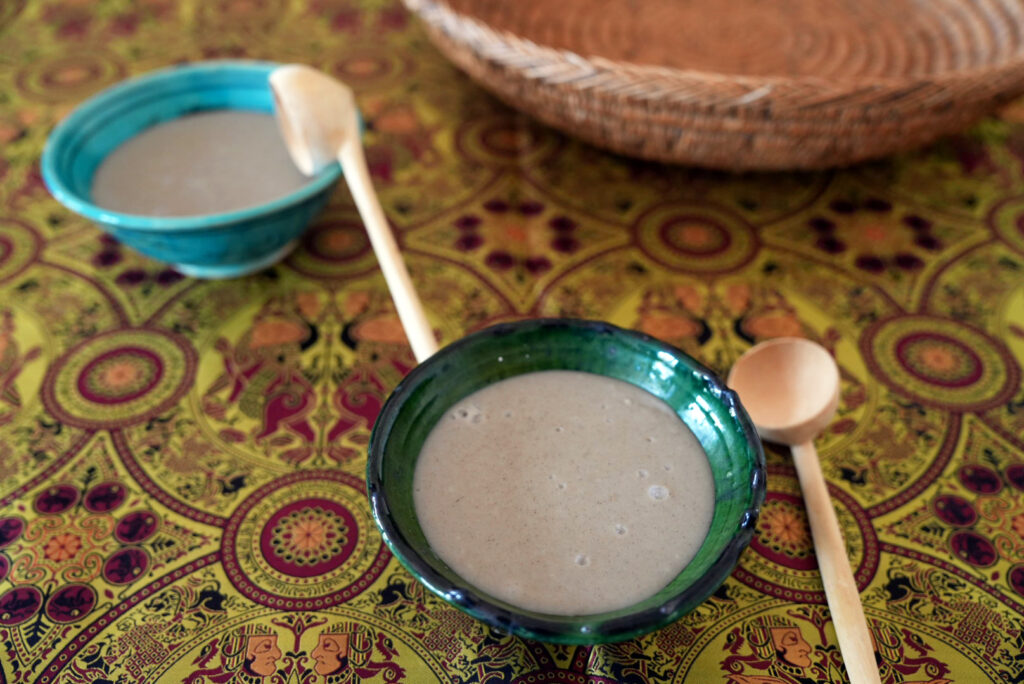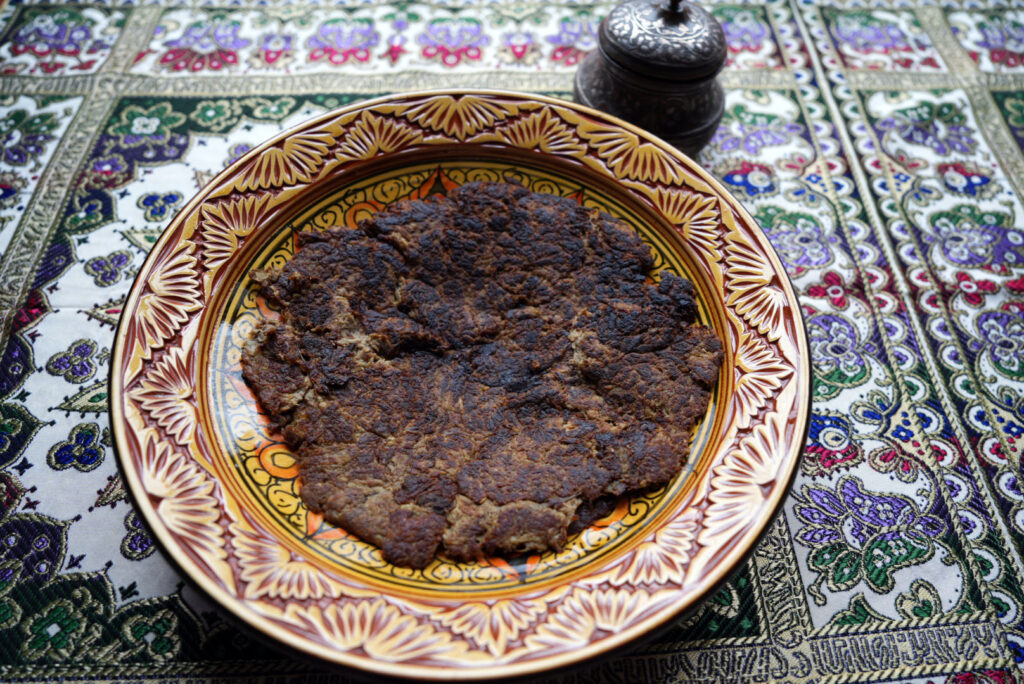One of the most emblematic dishes from al-Andalus are the fried cheese buns, known as mujabbana (مجبّنة), for which a number of recipes can be found in the two Andalusian cookery books. This particular re-creation is based on one from The Exile’s Cookbook. And to make it even more special, it was made with cheese from the same source. A future post will be devoted to the latter, for those who want to try their hand at whipping up some medieval cheese.
This particular variety of mujabbana calls for a semolina dough and fresh cheese which has been washed with water and kneaded into a marrow-like consistency before being left to dry. After adding aniseed, mint juice and fresh coriander juice everything is kneaded together. Once the cheese mix is ready, it’s time to put a pan with olive oil on the heat and start shaping the mujabbanas. It’s a simple — but slightly delicate — process which involves taking a piece of dough and wrapping it over the cheese mixture before deep-frying each piece, making sure that it is golden on all sides. They are served with fresh butter or melted honey, and sprinkled with sugar and cinnamon.
The author also gives an alternative, which, so we are told, is how the Andalusians prefer it; the mujabbanas are served in a bowl sprinkled with cinnamon, aniseed and sugar, whereas in the middle there should be a dish with honey into which to dip the buns. A third variant is to mix egg whites into the dough as ‘this will further enhance the taste and delight.’ I can’t think of anyone who would argue with that once they’ve tried it!
The modern Spanish almojábana denotes a popular Colombian cheese bread and, in Spain, a type of cheesecake, or even a fritter made without cheese.
